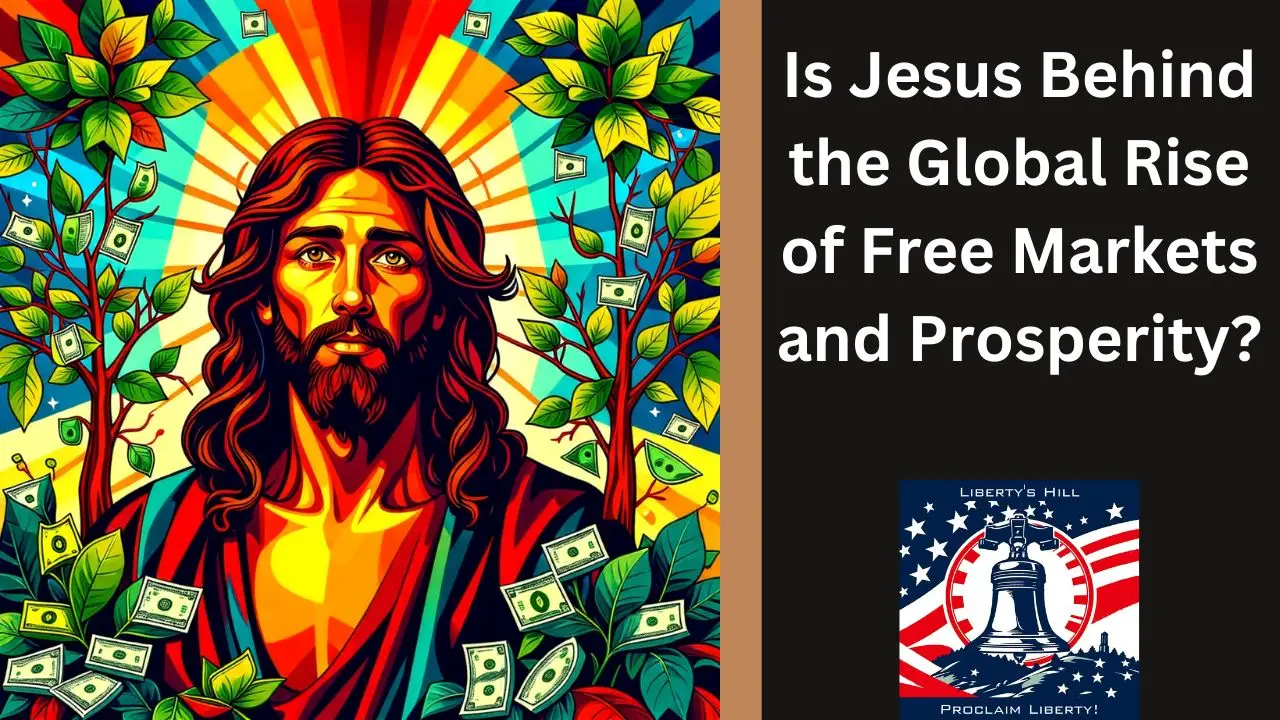Division within a society often stems from a complex interplay of historical, economic, social, and political factors. At its core, division can be understood as a breakdown in communication and trust among different groups, leading to an “us versus them” mentality. This mentality is frequently exacerbated by a lack of understanding or empathy for the experiences and perspectives of others.
When individuals or groups feel marginalized or threatened, they may retreat into their own communities, reinforcing their identities and beliefs while simultaneously alienating those outside their circles. This phenomenon can create echo chambers where dissenting opinions are not only unwelcome but actively suppressed. Moreover, the psychological underpinnings of division can be traced to cognitive biases that influence how people perceive others.
For instance, in-group favoritism leads individuals to favor those who share similar backgrounds or beliefs, while out-group bias fosters negative stereotypes about those who are different. These biases can be further entrenched by societal narratives that emphasize competition over cooperation. As a result, the roots of division are not merely superficial disagreements but are deeply embedded in the fabric of human interaction and societal structure.
Key Takeaways
- Understanding the root causes of division is crucial for addressing and overcoming societal challenges.
- The historical context of division in America provides important insights into current social and political dynamics.
- Economic inequality has a significant impact on division, highlighting the need for addressing disparities in wealth and opportunity.
- Racial and ethnic tensions in America continue to contribute to division, requiring ongoing efforts to promote understanding and unity.
- Political polarization plays a key role in fueling division, emphasizing the importance of finding common ground and fostering constructive dialogue.
Historical Context of Division in America
Racial Divisions and the Legacy of Slavery
From the colonial era through the Civil War, the institution of slavery created a profound rift between North and South, leading to a bloody conflict that would define the nation’s trajectory. Even after the abolition of slavery, systemic racism persisted, manifesting in Jim Crow laws and segregation that further entrenched divisions within society.
Resistance to Progress and the Rise of Social Movements
The 20th century saw the rise of various movements aimed at addressing these divisions, including labor movements advocating for workers’ rights and civil rights movements fighting against racial injustice. However, these efforts often met with fierce resistance, highlighting the deep-seated nature of division in American society.
Understanding Contemporary Divisions
The backlash against desegregation and the rise of white supremacist groups in the latter half of the century serve as stark reminders that progress is often met with significant pushback. This historical context is crucial for understanding contemporary divisions, as many of the issues faced today are rooted in these long-standing conflicts.
Economic Inequality and its Impact on Division

Economic inequality is a significant driver of division in America, creating disparities that affect access to resources, opportunities, and social mobility. The widening gap between the wealthy and the poor has led to a sense of disenfranchisement among many citizens who feel left behind by an economy that seems to favor a select few. This economic divide fosters resentment and distrust among different socioeconomic groups, as those at the bottom struggle to make ends meet while witnessing the opulence of the affluent.
The impact of economic inequality extends beyond mere financial disparities; it influences education, healthcare, and even political representation. For instance, children from low-income families often attend underfunded schools with fewer resources, perpetuating cycles of poverty and limiting their future opportunities. This lack of access to quality education can lead to a sense of hopelessness and frustration, further fueling divisions as individuals from different economic backgrounds find it increasingly difficult to relate to one another.
The perception that the system is rigged against them can lead to radicalization and a desire for change that may manifest in divisive rhetoric or actions.
Racial and Ethnic Tensions in America
Racial and ethnic tensions have been a persistent issue in American society, deeply intertwined with the nation’s history and identity. The legacy of slavery and segregation has left an indelible mark on race relations, with systemic racism continuing to affect various aspects of life for marginalized communities. The Black Lives Matter movement, which gained prominence in response to police violence against African Americans, highlights ongoing struggles against racial injustice and discrimination.
Such movements not only seek to address immediate grievances but also aim to challenge the broader societal structures that perpetuate inequality. Additionally, the increasing diversity of America has brought both opportunities for enrichment and challenges related to integration and acceptance. As immigrant populations grow, tensions can arise between established communities and newcomers, often fueled by fears about cultural dilution or economic competition.
These tensions are exacerbated by political rhetoric that frames immigration as a threat rather than an opportunity for growth. The interplay between race, ethnicity, and national identity continues to shape public discourse and policy decisions, often leading to further division rather than unity.
Political Polarization and its Effects on Division
Political polarization has reached unprecedented levels in recent years, contributing significantly to societal division. The ideological chasm between Democrats and Republicans has widened, with each side increasingly viewing the other as not just an opponent but an enemy. This polarization is reflected in voting patterns, media consumption, and even social interactions, where individuals may avoid engaging with those who hold differing political views.
The result is a fragmented society where compromise becomes increasingly rare, and dialogue is often replaced by hostility. The consequences of this polarization extend beyond individual relationships; they impact governance and policy-making as well. Legislative gridlock has become commonplace as partisan divisions hinder cooperation on critical issues such as healthcare reform, climate change, and immigration policy.
This inability to work together not only frustrates citizens but also erodes trust in democratic institutions. As people become disillusioned with politics, they may turn to more extreme ideologies or movements that promise radical change, further entrenching divisions within society.
Social Media and its Role in Fueling Division

The Spread of Misinformation and Divisive Content
Algorithms designed to maximize engagement often prioritize sensationalist or polarizing posts over nuanced discussions, creating echo chambers where users are exposed primarily to viewpoints that reinforce their own beliefs.
The Dark Side of Online Communities
Moreover, social media can exacerbate feelings of isolation and alienation among individuals who feel marginalized or misunderstood in their offline lives. Online communities can provide a sense of belonging but may also foster extremism as individuals seek validation for their views within like-minded groups. The anonymity afforded by social media can lead to aggressive behavior and harassment, further discouraging constructive dialogue.
A Dual Role: Connection and Division
As a result, social media plays a dual role: it can connect individuals across vast distances while simultaneously deepening societal divides.
Addressing Systemic Injustices and their Impact on Division
Addressing systemic injustices is crucial for mitigating division within American society. Systemic injustices refer to entrenched policies and practices that perpetuate inequality across various domains such as race, gender, class, and sexuality. These injustices are often invisible to those who do not experience them directly but have profound implications for marginalized communities.
For instance, discriminatory practices in housing or employment can limit opportunities for certain groups while allowing others to thrive. Efforts to address these injustices require a multifaceted approach that includes policy reform, education, and community engagement. Initiatives aimed at increasing access to quality education for underprivileged children can help break cycles of poverty and promote social mobility.
Additionally, fostering inclusive workplaces through diversity training and equitable hiring practices can create environments where all individuals feel valued and respected. By actively working to dismantle systemic barriers, society can begin to heal divisions rooted in inequality.
Strategies for Healing and Reconciliation in America
Healing and reconciliation in America necessitate intentional efforts aimed at fostering understanding and collaboration among diverse groups. One effective strategy involves creating spaces for dialogue where individuals can share their experiences and perspectives without fear of judgment or reprisal. Community forums or workshops focused on difficult conversations about race, class, or political beliefs can help bridge gaps between differing viewpoints.
These interactions encourage empathy and humanize issues that may otherwise seem abstract or distant. Another important strategy is promoting restorative justice practices that prioritize healing over punishment. Restorative justice emphasizes accountability while also recognizing the need for healing among victims and offenders alike.
By focusing on repairing harm rather than simply meting out punishment, communities can work towards reconciliation that acknowledges past injustices while fostering a sense of shared responsibility for building a more equitable future. In addition to these approaches, educational initiatives aimed at increasing awareness about systemic injustices can play a pivotal role in fostering understanding among diverse populations. By incorporating comprehensive history lessons that address issues such as colonialism, slavery, and civil rights into school curricula, future generations can develop a more nuanced understanding of America’s complex past.
This knowledge equips individuals with the tools necessary to engage thoughtfully with contemporary issues surrounding division. Ultimately, healing requires commitment from all sectors of society—individuals must be willing to confront their biases; institutions must strive for equity; and communities must come together in solidarity. Through collective action rooted in empathy and understanding, it is possible to address the deep-seated divisions that have long plagued American society while working towards a more inclusive future for all.


